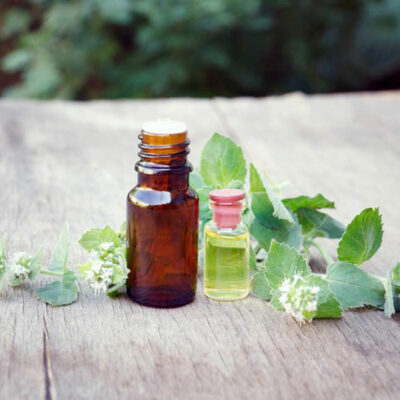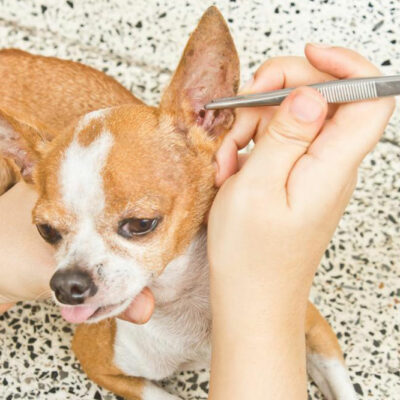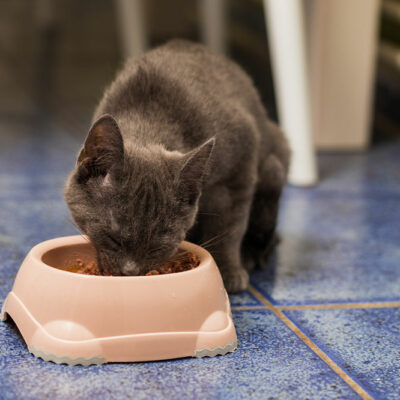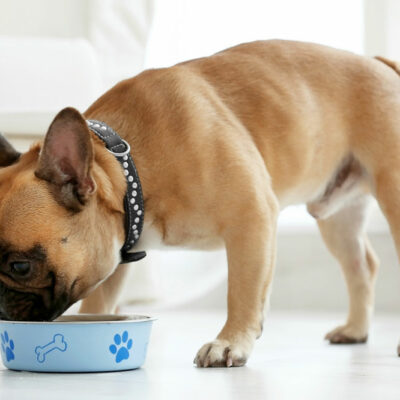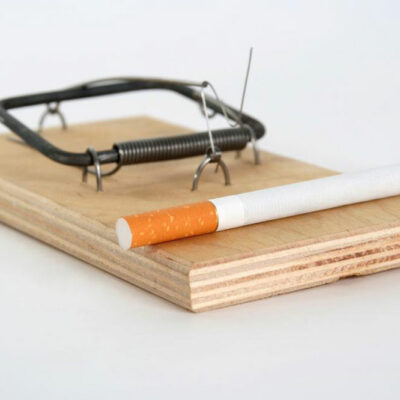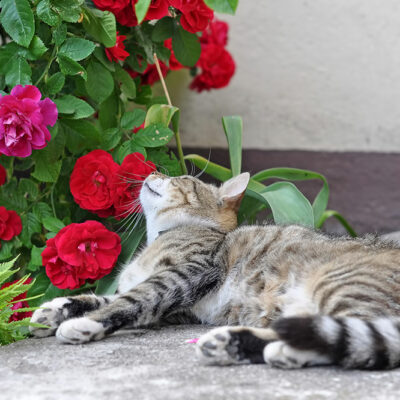
Lifestyle
8 Dangerous Houseplants for Cats
Cats have a mind of their own. You know it. We know it. They know it. They do what feels right to them but at the same time, most pet parents are aware that this freedom may well be dangerous. One of the biggest responsibilities of a pet owner, whether it is a cat or a dog, is to always be alert of what they are eating, like feeding them vet recommended salmon cat food, Friskies Indoor Delights and hairball treats. There are a lot of plants and food items that are particularly poisonous to cats. To ensure you don’t let them come in the vicinity of those flora, here are some plants that are poisonous to your feline companions: Mistletoe Think twice before choosing your Christmas decorations this year! If a cat ends up eating or getting exposed to a mistletoe plant, it could lead to serious symptoms like lowering of heart rate and temperature, difficulty in breathing, seizures, or even death. Hydrangea The plant of a hydrangea contains toxins called cyanogenic glycosides in the leaves and flowers, which is similar to cyanide and attacks the respiratory mechanism, which could further lead to a lack of oxygen and even death.
Read More 